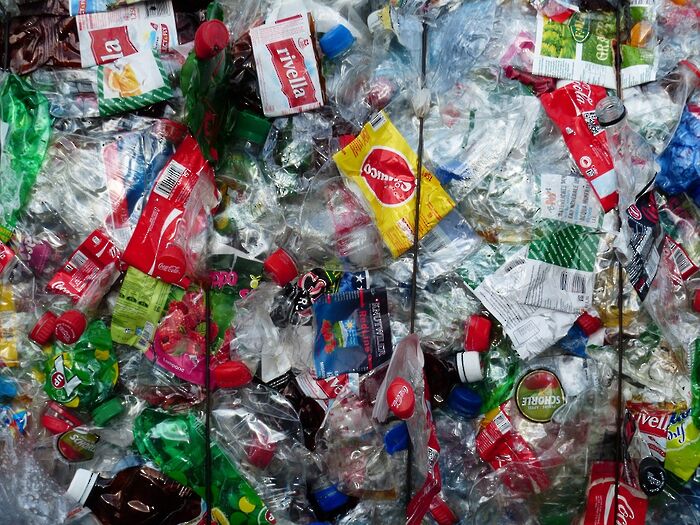Measuring up milks: the environmental impacts of milk and its alternatives
Milk has a significant environmental impact, but are the plant-based alternatives any better? Sophie Cook investigates

If you are considering reducing the amount of dairy in your diet, you are not alone. In the UK, sales of plant-based milks have increased by 30% since 2015, compared to only a 5% growth in traditional dairy milk. A study by Mintel revealed the rise is even greater in the USA, where non-dairy milk sales have grown by 61% since 2012.
It may surprise you that in 1995, 45% of Britain’s milk was delivered by a ‘milkman’. By 2010, 95% of our milk was bought in a shop. Our supermarket shelves are now lined with an overwhelming number of varieties – cow, sheep, goat, nut, oat, rice, hemp, flax – all boasting a different nutritional profile and environmental footprint. So how do they measure up?
Firstly, what is driving this craze? Arguably, our exploding ‘coffee-shop culture’ has a strong part to play. Somehow a ‘white coffee’ doesn’t have quite the same ring to it as an ‘oat milk latte’ or a ‘soy cappuccino’. The consumption of these dairy alternatives is much higher in people of our generation. While this may be due to trendy fitness and foodie bloggers, a study by the Food Ethics Council found that 46% of consumers aged 16-24 believe the current food system to be ‘unfair’ on the planet. In comparison, only 28% of people over 65 feel the same.
“While the revolution is raging, most people are not quite ready to quit cold turkey”
For every 3 pints of plant-based milks sold, 2 of them are almond milk. This undeniable market leader has come under fire recently due to its hefty water consumption. 80% of the world’s almonds are grown in California, a state already ridden with drought and reliant on intensive irrigation. 10% of California’s water use can be attributed to growing this thirsty nut, with 384 litres of water being needed to make only 1 litre of almond milk. This makes almond milk the worst environmental offender of all the non-dairy milks. Sounds bad, right? Yet the production of dairy milk requires 2.5 times more water – 1,020 litres per litre of milk. Dairy milk production is also the worst offender in terms of greenhouse gas emissions and land use. This is due to the huge volumes of feed needed to fuel dairy cows, as well as their ruminant nature. According to a study by Joseph Poore at Oxford, a glass of dairy milk results in almost three times more greenhouse gas emissions than that of a plant-based alternative.
Another milk which has recently come under fire is soy. After the shocking Iceland advert over Christmas, we are all on full-alert for the presence of palm oil in our chocolate spreads and shampoos. We are keenly aware of Amazonian deforestation, and one of the other major drivers of this clearance is for soy plantations. What few people realise, though, is that 70% of the world’s soy is actually used for livestock feed – not for the production of tofu or soy milk. Only 6% of the soy grown is used in human food, with the remaining 24% being used in the production of vegetable oil.
It is also very interesting to compare the nutritional content of these different milks. Protein is a real buzz-word at the moment, and one of the main criticisms of these milks is their lower protein content. Yet the average American consumes double their recommended daily protein allowance. Surprisingly, many of these fortified milk alternatives actually contain more calcium than traditional dairy milk.
While the revolution is raging, most people are not quite ready to quit cold turkey. According to Mintel, two thirds of people who buy plant-based milks also still buy dairy milk. Plant-based milks can be a delicious addition to cereals, porridge and curries. And if it’s instagrammable latte art you’re after, oat milk is quickly becoming the barista’s favourite.
 Features / How sweet is the en-suite deal?13 January 2026
Features / How sweet is the en-suite deal?13 January 2026 Arts / Fact-checking R.F. Kuang’s Katabasis13 January 2026
Arts / Fact-checking R.F. Kuang’s Katabasis13 January 2026 News / SU sabbs join calls condemning Israeli attack on West Bank university13 January 2026
News / SU sabbs join calls condemning Israeli attack on West Bank university13 January 2026 Comment / Will the town and gown divide ever truly be resolved?12 January 2026
Comment / Will the town and gown divide ever truly be resolved?12 January 2026 News / Uni members slam ‘totalitarian’ recommendation to stop vet course 15 January 2026
News / Uni members slam ‘totalitarian’ recommendation to stop vet course 15 January 2026









